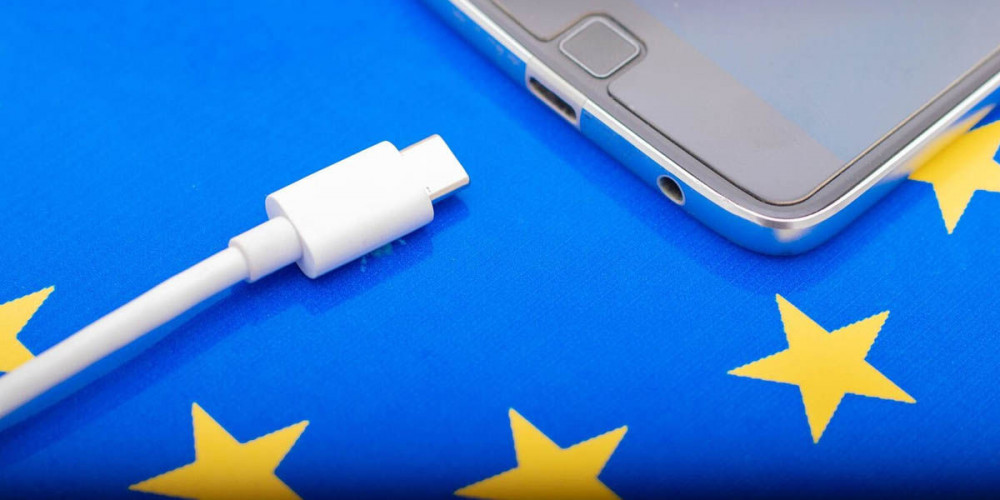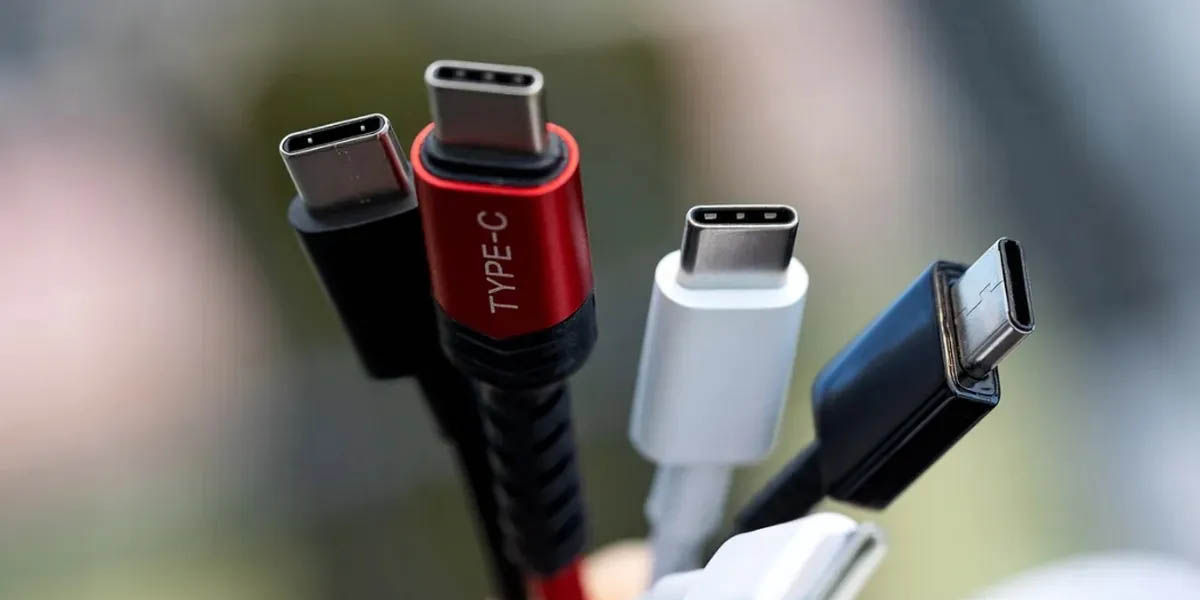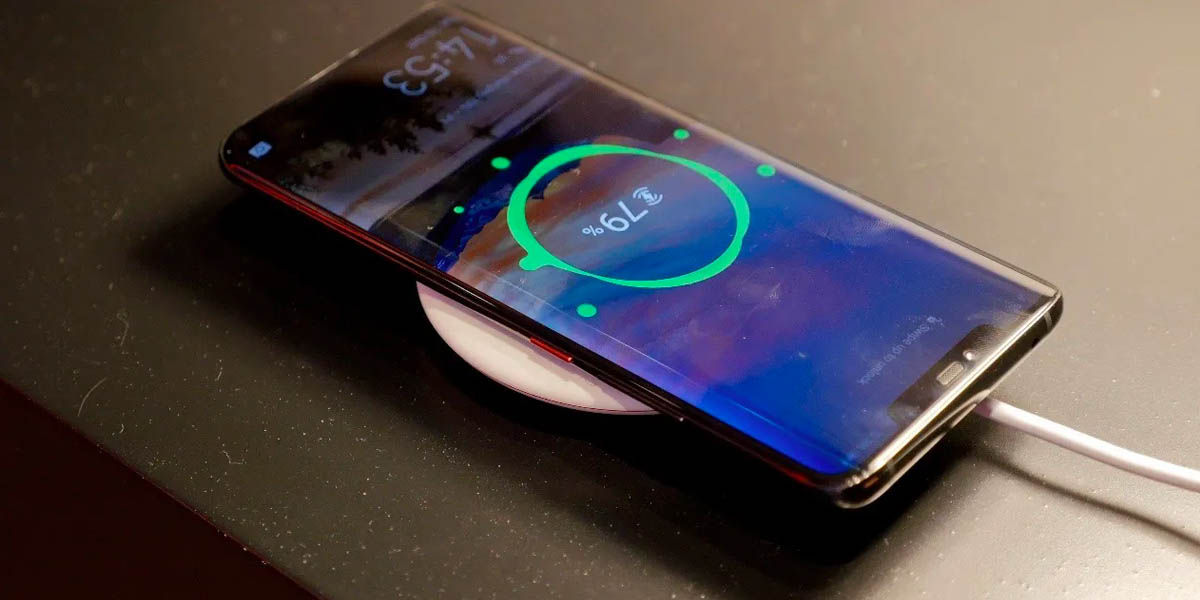
Since 2014, the European Parliament has been discussing a regulation that requires all smartphones to have a USB-C connector . In 2020 this proposal went even further by covering more than 30 different electronic devices in the search for the universal connector within the European Union space.
At the beginning of the year, the European Parliament reached a provisional agreement to make USB-C mandatory in all mobiles from 2024 (iPhones included). However, this new regulation ceases to be provisional today (October 4) to become official legislation: all smartphones must have USB-C in Europe, without exception , as well as other devices.
USB-C for all phones, tablets and cameras in 2024, and in all laptops by 2026

The new law will force all manufacturers that sell their devices within the European Economic Area (EEA) to use the USB-C connector. By the end of 2024, all new smartphones on the market will have to use this connector, as well as tablets and cameras.
A similar case will happen with laptops , which will also have to carry USB-C as a charging port. However, in this case the mandatory regulation will begin to apply from spring 2026.
The press release of the European Parliament also mentions other devices. Specifically, it notes that all devices capable of charging will need to adopt the USB-C standard to be sold in Europe. This would include handheld game consoles, wireless headsets, portable speakers , eBook readers, wireless keyboards, mice, GPS devices, and more.
Another important fact outlined in the statement has to do with the fast charging of electronic devices . The document notes that “all devices that support fast charging will now have the same charging speed.”
Right off the bat, this statement suggests that the EU will limit the charging speed of mobile phones, but it is just a drafting inaccuracy. Looking at the regulation, it becomes clear what will actually happen: more powerful charging systems can be used, but if a device is charging at more than 15W, it will need to support the USB-PD protocol .
The next step is the standardization of wireless charging

Now that the European Union has reached an agreement to standardize wired charging around the USB-C connector, it’s time to think about other things. The European Parliament does not rest and its next goal around electronic devices is wireless charging.
The newly passed legislation states that wireless charging will need to be harmonized around a common standard by the end of 2024 . The document does not establish the parameters to be followed, since this new goal is just beginning to be discussed.
However, it is a first step to alert manufacturers so that they do not invest in exclusive and patented technologies that they will not be able to use in Europe later. The wireless charging standard that should be used in all devices has not yet been defined. However, it is very likely that the Qi standard is used for this, as it is the most widespread.
Finally, it is worth closing this article with another piece of news related to this new regulation: from 2024, the legislation will allow EU consumers to choose whether they want their new mobile to come with or without a charger . The decision will not be in the hands of the manufacturer, but of the end users. In addition, the devices will have to be sold with a label detailing their charging characteristics. The objective? That users determine if they have a compatible charger at home and thus choose not to purchase a new one.

